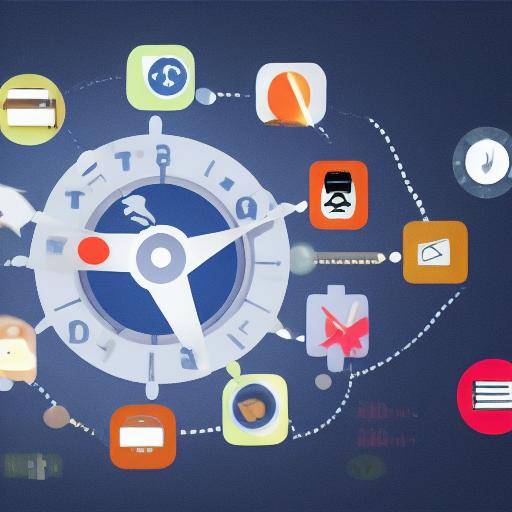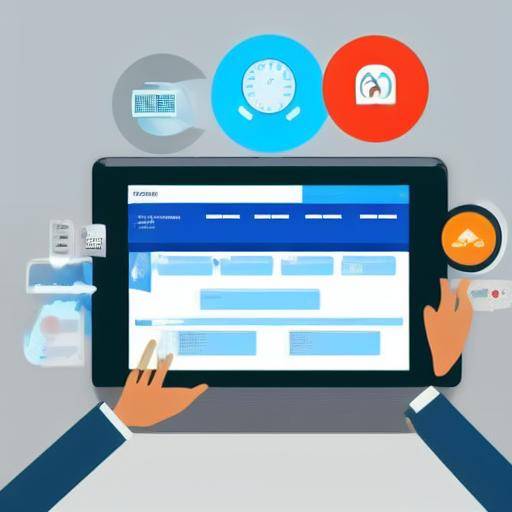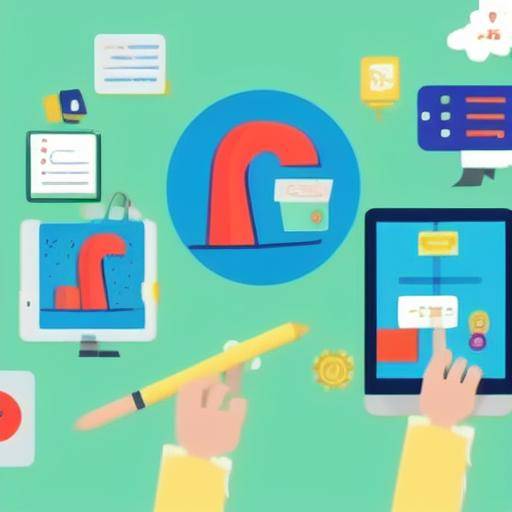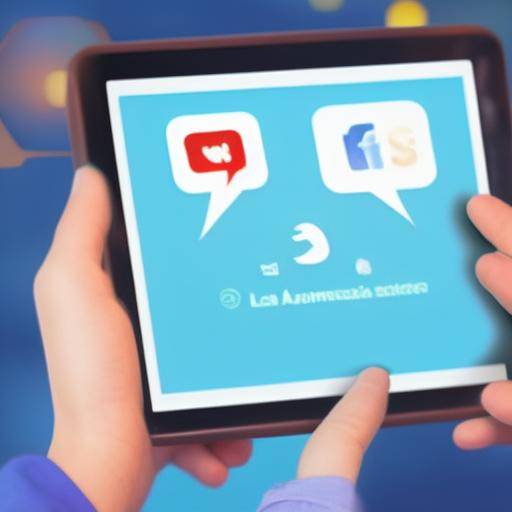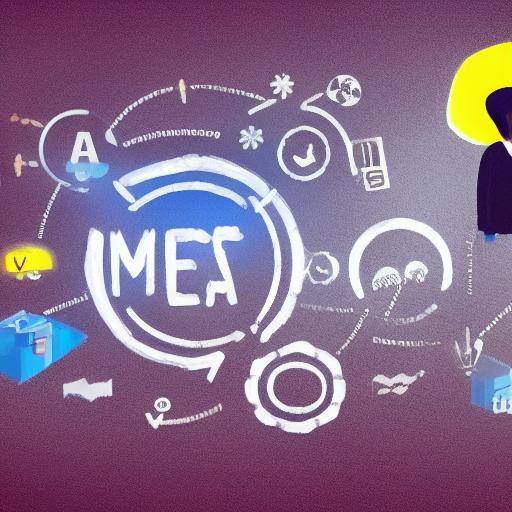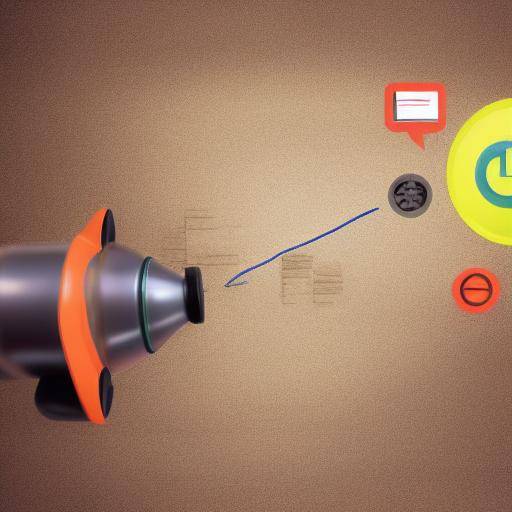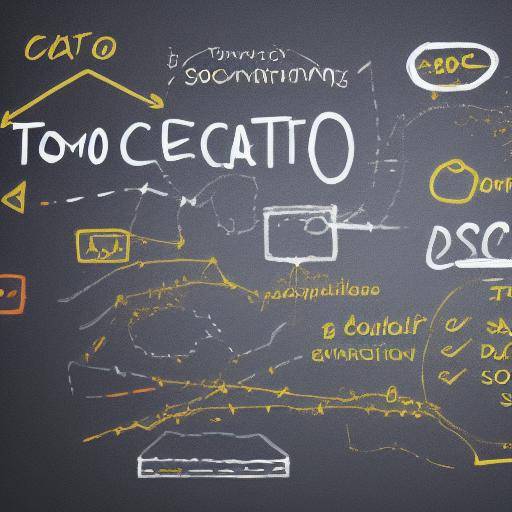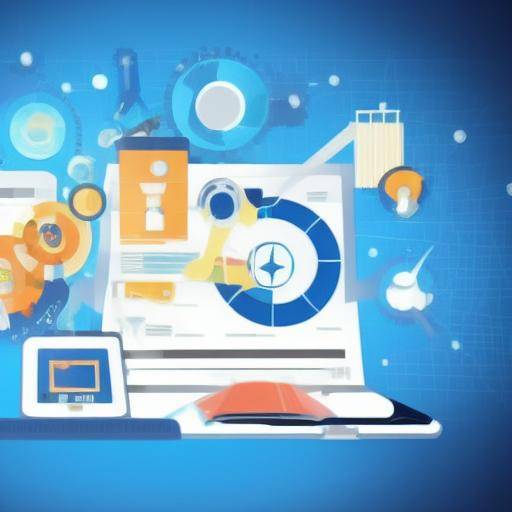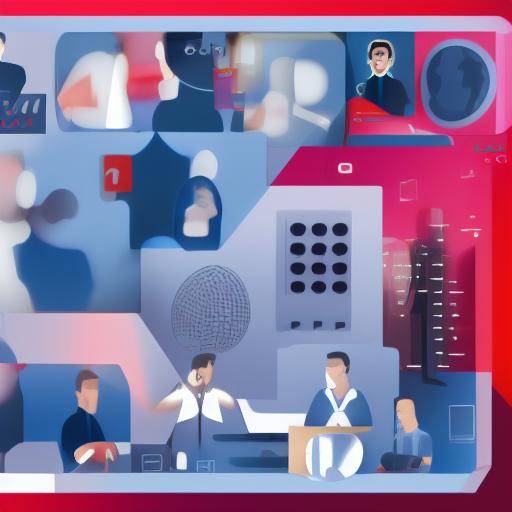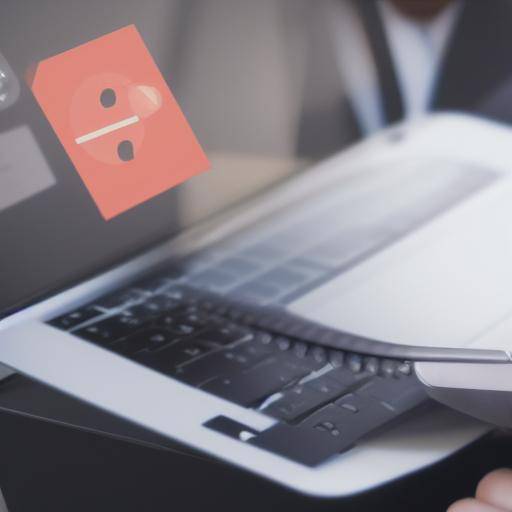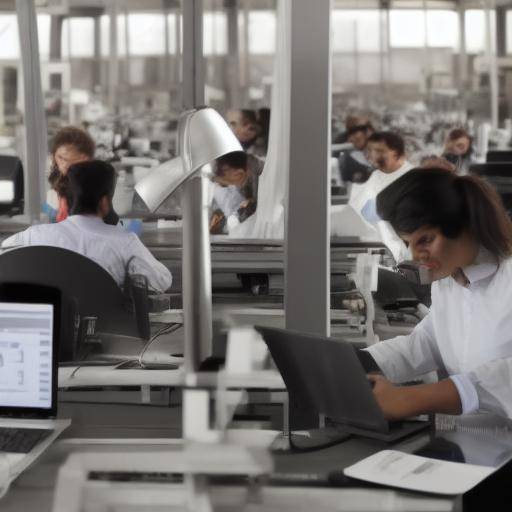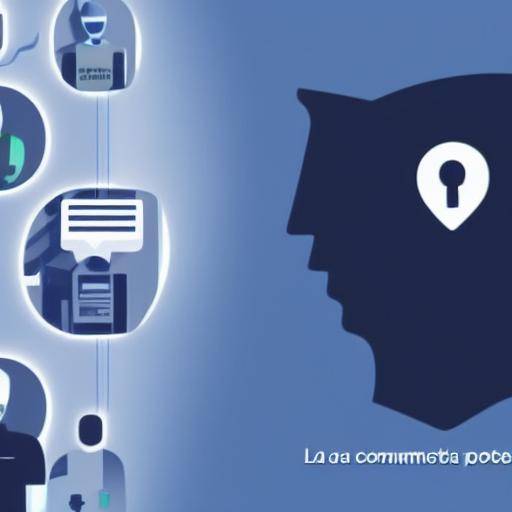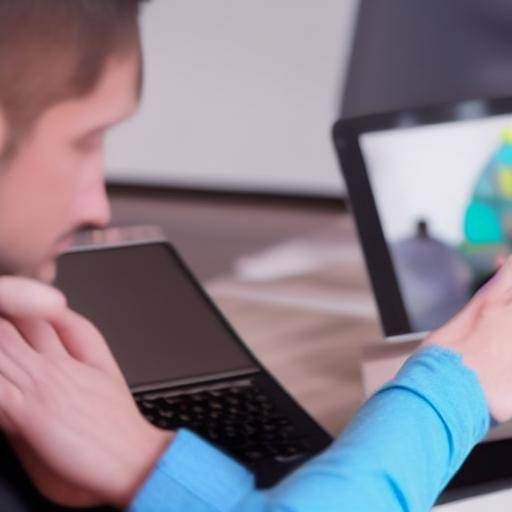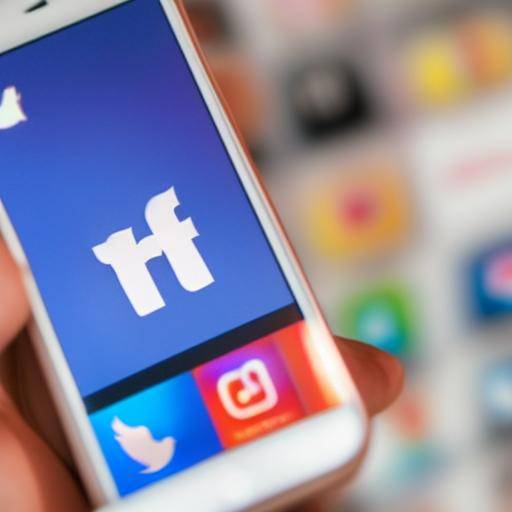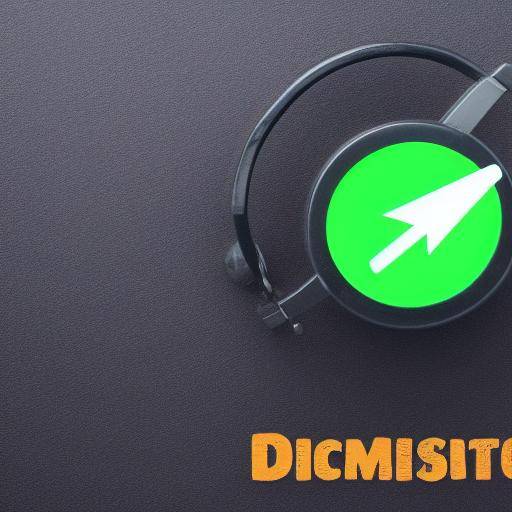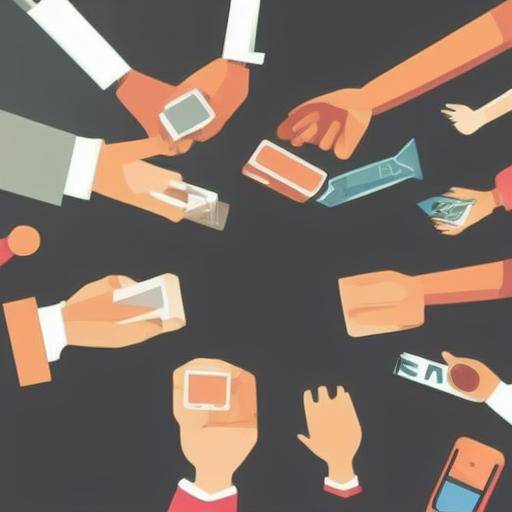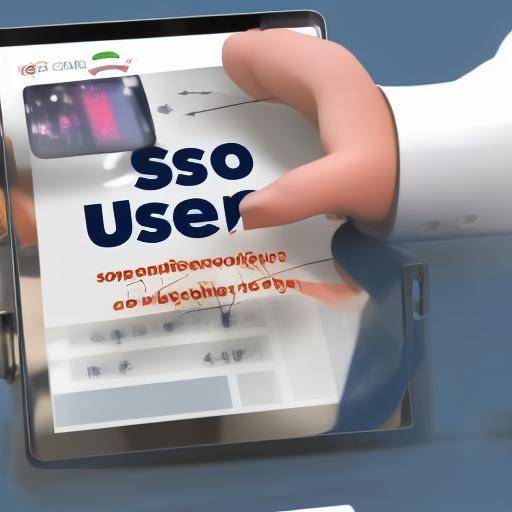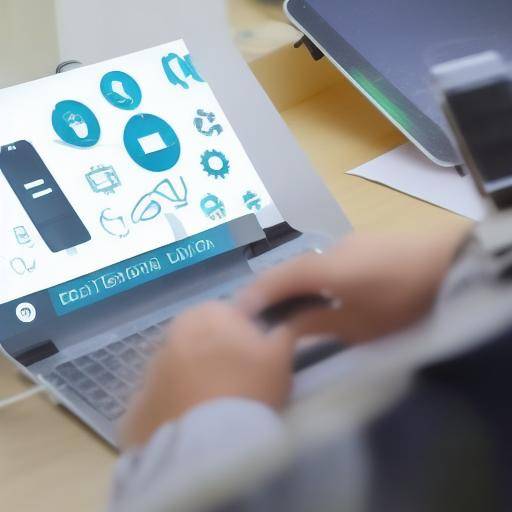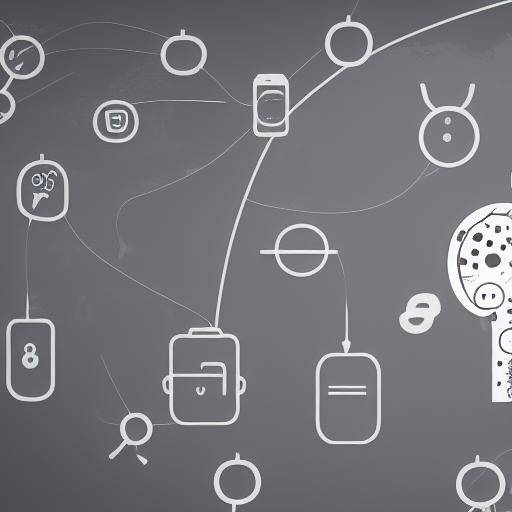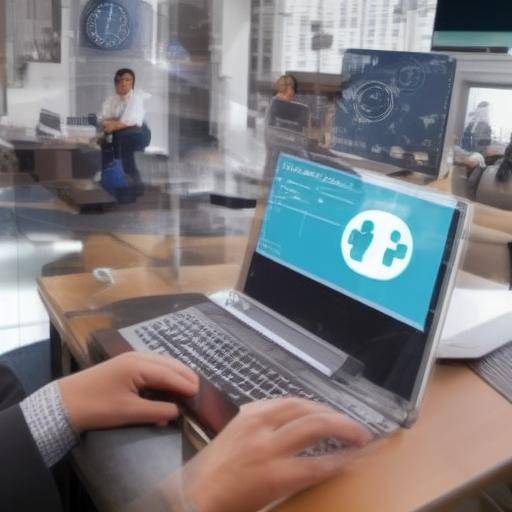
In the digital era, technological tools have revolutionized the way we communicate. From instant messaging applications to video conferencing platforms, digital tools have expanded our possibilities of personal communication in unimaginable ways decades ago. In this article, we will explore in depth how these digital tools can improve personal communication, the challenges they face and future trends. We will also offer practical advice and examples of real cases to illustrate their impact.
History and Background
Digital tools for personal communication have their roots in the development of the first computer networks in the 1960s. With the growing popularity of the Internet in the 1990s, the first forms of digital communication emerged, such as email and online chats. These advances paved the way for the multiplicity of digital communication tools we know today.
The evolution of digital tools has been marked by significant milestones, such as the launch of instant messaging services, the integration of videoconferencing and the development of social networks focused on personal communication. The growing accessibility of technology has democratized communication, allowing people around the world to connect in ways never before imagined.
Analysis in Deep
Benefits of Digital Tools for Personal Communication
The adoption of digital tools has transformed personal communication by offering speed, convenience and accessibility. The ability to hold real-time conversations, share multimedia content and collaborate in real-time has strengthened interpersonal links in personal and professional environments.
Digital communication has also played a crucial role in overcoming geographical and cultural barriers, allowing people to connect with friends, family and colleagues regardless of distance. In addition, digital tools provide flexibility, which is particularly useful in an increasingly globalized and remote world.
On the other hand, excessive use of digital tools can lead to a sense of emotional disconnection and increase distraction. Overexposure to electronic devices and excessive dependence on digital communication also pose challenges in terms of privacy and security.
Current Trends in Digital Tools for Personal Communication
Today, we are witnessing exponential growth in the adoption of digital tools for personal communication, driven largely by the development of artificial intelligence technologies and the expansion of 5G connectivity. Remote communication solutions, such as Zoom and Microsoft Teams, have experienced a significant increase in their use, reflecting the transition to more flexible and remote working environments.
In addition, social networks continue to play a key role in personal communication, offering innovative platforms for sharing experiences, ideas and creative content. The integration of instant messaging functions in social media applications has consolidated the importance of digital communication in everyday life.
Comprehensive review
Applications and Best Practices in Using Digital Tools
Digital tools offer a wide range of applications in personal communication, ranging from coordinating daily activities to facilitating meaningful interpersonal relationships. Some best practices to maximize the benefit of these tools include setting time limits for use, practicing digital labels and fostering balanced communication between digital and face-to-face.
On the other hand, it is crucial to consider digital security by using these tools, which means being aware of privacy settings, avoiding sharing sensitive information and being aware of the authenticity of online interactions.
Industry Perspectives and Expert Reviews
Communication and technology experts identify continuous evolution in digital tools for personal communication, highlighting the growing importance of artificial intelligence, increased reality and virtual reality in the digital communication landscape. Data analysis and customization of the user experience are profiled as key focus areas for companies seeking to expand their digital communication capabilities.
In addition, communication professionals emphasize the need for genuine and meaningful communication in a saturated digital environment. Empathy, active listening and the building of genuine relationships remain fundamental, even in the context of digital communication.
Case Studies and Real Life Applications
Case Study: Impact of Digital Tools on Personal Communication in the Educational Area
An outstanding example of the impact of digital tools on personal communication is seen in the education sector. The integration of online learning platforms, discussion forums and video conferences has allowed more effective communication between students, teachers and parents, breaking geographical barriers and facilitating collaboration in diversified educational environments.
Case Study: Transformation of Customer Experience Through Digital Tools
In business, digital tools have redefined how companies interact with their customers. Customer service through chatbots, personalization of communication through data analysis and accessibility through multiple channels have culminated in a more fluid and satisfying customer experience.
Future Trends and Predictions
Future trends in digital tools for personal communication aim at greater integration of artificial intelligence to deliver more personalized and efficient experiences. In addition, it is expected that increased reality and virtual reality will play a significant role in creating immersive and dynamic communication environments.
In addition, there is an ongoing development in the area of digital security and privacy, with an approach to the protection of sensitive data and the mitigation of risks associated with online interactions.
Conclusion
The transformative impact of digital tools on personal communication is undeniable. From expanding the possibilities of connection with loved ones to improving the efficiency of commercial operations, these tools continue to redefine the way we communicate in the modern world. Being aware of current trends, best practices and emerging challenges, we can maximize the potential of digital tools to strengthen our personal and professional relationships.
Frequently asked questions
What are the main digital tools for personal communication?
The main digital tools for personal communication include instant messaging applications such as WhatsApp, Facebook Messenger, Telegram, as well as video conferencing platforms such as Zoom, Microsoft Teams and Skype.
How can digital tools improve personal communication in working environments?
Digital tools can improve personal communication in working environments by facilitating remote collaboration, project coordination and effective distance meetings.
What are the challenges of personal communication through digital tools?
Some challenges include overexposure to electronic devices, lack of meaningful emotional connections and concerns about privacy and online security.
What is the role of artificial intelligence in the evolution of digital tools for personal communication?
Artificial intelligence plays a key role in allowing the customization of interactions, the automation of responses and the improvement of efficiency in personal communication through digital tools.
How can companies benefit from integrating digital tools for communication with customers?
Companies can benefit by offering a more personalized, efficient and accessible customer experience through the integration of digital tools, improving customer loyalty and satisfaction.
What is the impact of digital tools on communication in the educational field?
Digital tools have transformed communication in the educational field by facilitating interaction between students, teachers and parents, overcoming geographical barriers and enriching the educational experience.
How can people maintain a healthy balance between digital communication and personal interaction?
It is essential to set time limits for the use of digital tools, practice digital label, encourage face-to-face communication and prioritize quality on the quantity in our digital interactions.
In conclusion, the effective use of digital tools can significantly enrich our personal communication in both personal and working environments, provided we are aware of the challenges and are committed to implementing best practices. By understanding current trends and embracing technological evolution in an informed manner, we can make the most of the potential of digital tools to improve our communication relationships and experiences.

